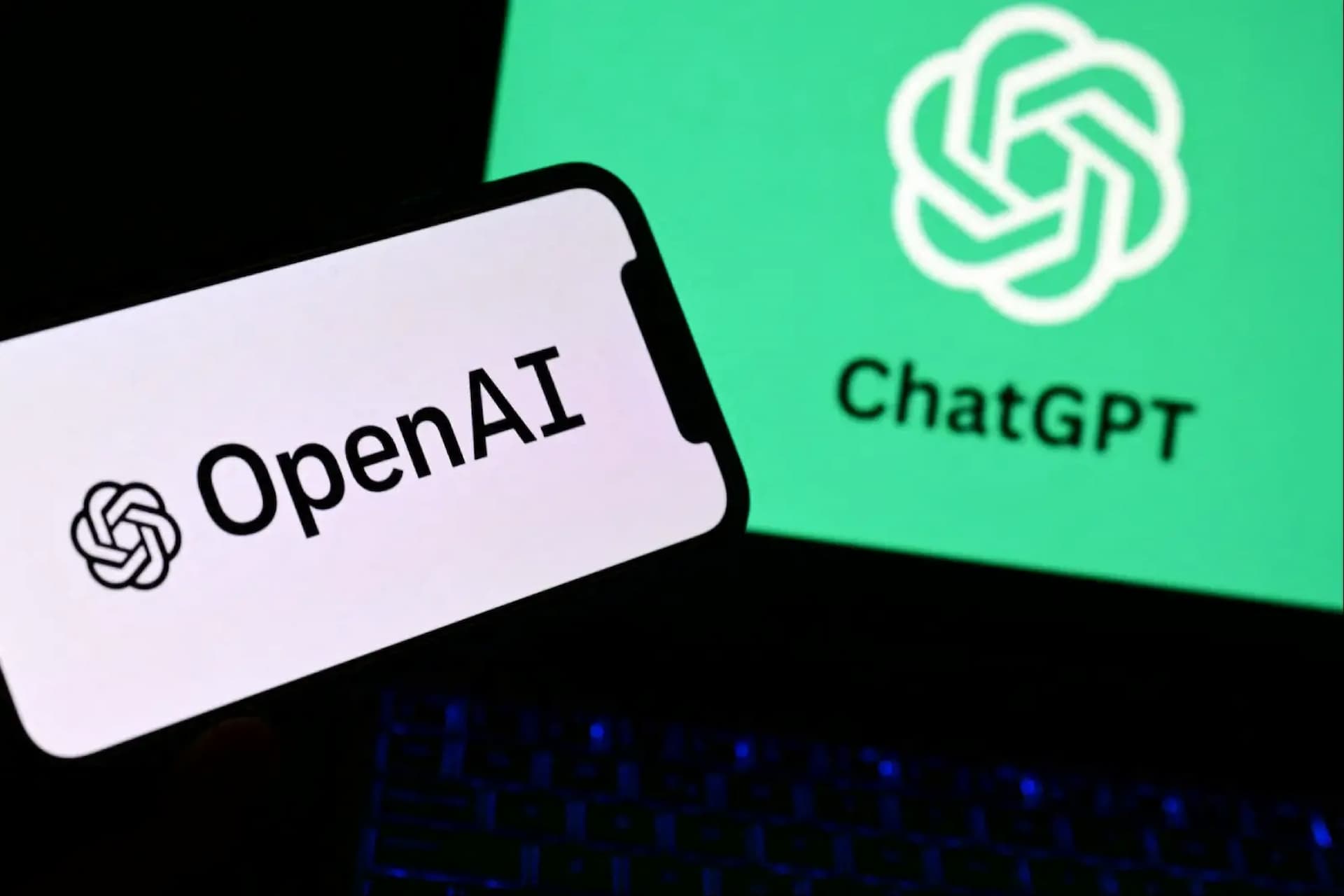The Australian Securities and Investments Commission (ASIC) has introduced class relief for intermediaries involved in the secondary distribution of stablecoins issued by licensed providers. The measure aims to encourage responsible growth in the digital assets and payments sectors.
Under the relief, intermediaries do not need to hold separate Australian financial services (AFS), market, or clearing licences when offering services linked to stablecoins issued by an AFS licensee. However, they must provide clients with the product disclosure statement, if one is available.
ASIC has indicated that as more issuers of eligible stablecoins obtain an AFS licence, the exemption could extend further. The regulator stressed its support for innovation while safeguarding consumers by requiring stablecoins to remain under licensing rules.
The move follows ASIC’s consultation on updates to its guidance for digital assets, which included stablecoins and other token types. ASIC will soon release revised guidance and is working with Treasury on digital asset reforms, including a payment stablecoin framework.
Would you like to learn more about AI, tech and digital diplomacy? If so, ask our Diplo chatbot!










